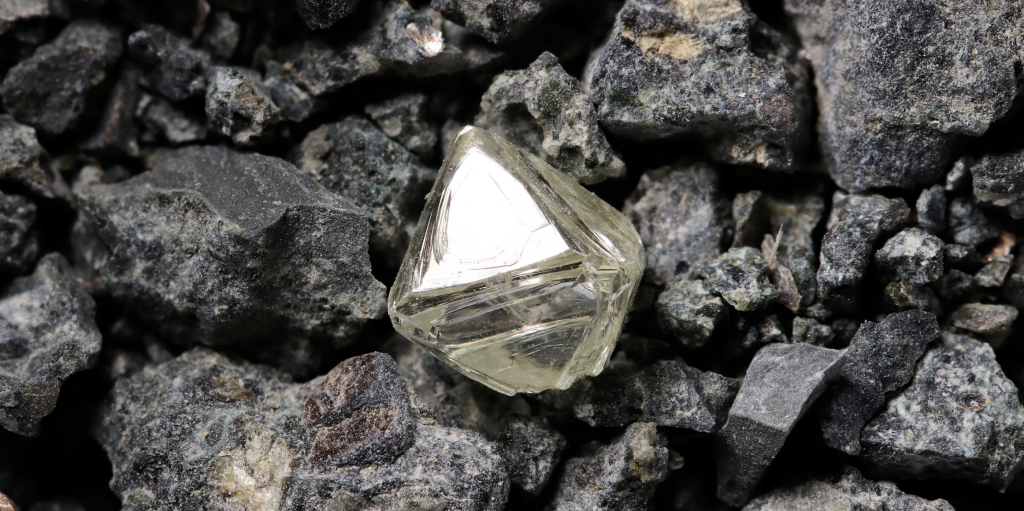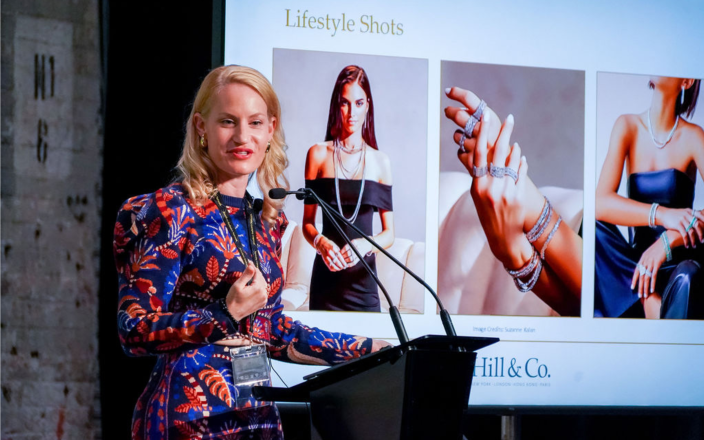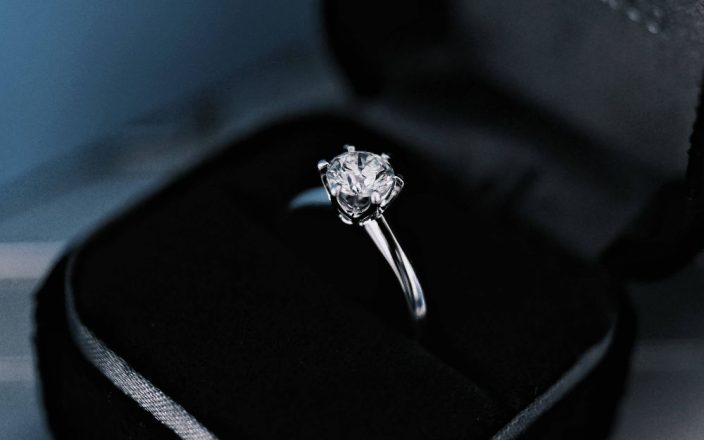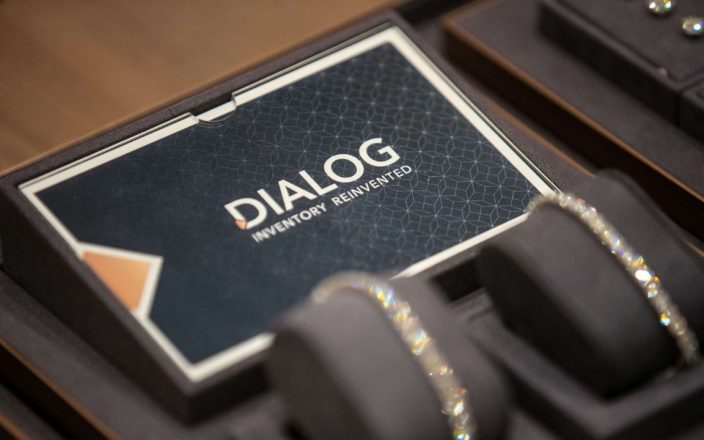By Rami Baron.
Once again, I’ve returned from Hong Kong after attending one of the world’s largest jewellery tradeshows. Time and again, we hear about the importance of ethical sourcing and sustainability, and the enormous sums invested in these programs. While I appreciate the need for and importance of these core values that consumers have expressed interest in, I’m increasingly sceptical about the amount of time and money spent in promoting them.

How about you?
The tier below luxury brands has yet to convince me that this is the be-all and end-all in making or losing a sale. In fact, from conversations with retailers worldwide, I keep hearing that no one has asked about a diamond’s traceability. I’ve only heard of a minuscule number inquiring about a diamond’s source, and even then, they didn’t require documentation to prove it.
I’m not bringing this up to be controversial, but because I feel an inordinate amount of marketing dollars are being spent on this subject. These funds could be better used to promote natural diamonds and stimulate reasons why someone should buy a diamond in the first place.

A New Perspective on Marketing
Rather than preaching to the converted about various marketing strategies for natural diamonds, I’d like to pursue a contrary angle to my traditional thinking. While I’ve long advocated for telling historical stories about family businesses, we need to remember that today’s consumers have short attention spans. According to TikTok, we have about 12-15 seconds to make an impact.
What if we contemplated a marketing campaign that introduces both natural and lab-grown diamonds in the same narrative? I know this is controversial, but by taking control of the conversation, we could better define the space for millennial clients. We could explain when and why one might choose a natural diamond over a lab-grown one, helping consumers make informed decisions based on their priorities. I don’t have the narrative at my finger tips, but like so many of you, I keep trying to find the right analogies, without being negative.
The Bigger Picture
We’ve always had it relatively easy when selling natural diamonds, which may have led to complacency. It seems it will take another generation to define how natural and lab-grown diamonds can coexist effectively.
Consider this: You didn’t buy that designer T-shirt with an understanding of where the cotton was farmed or which factory stitched it together. You bought it because of the brand and the aspirational model or celebrity in the ad.
Did you ask if the cotton was traceable and sustainable? Let’s focus our conversation, money, and time on things that can make a difference. Remember, you’ve got 12 seconds.



